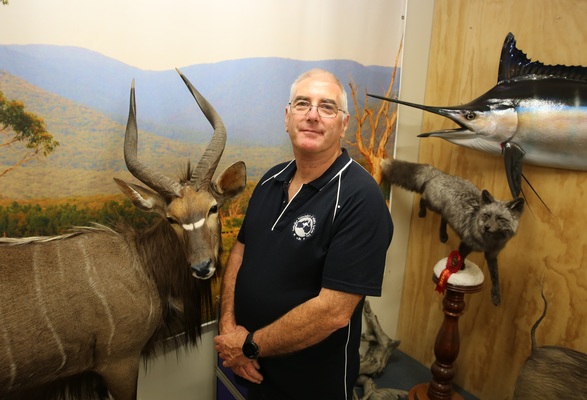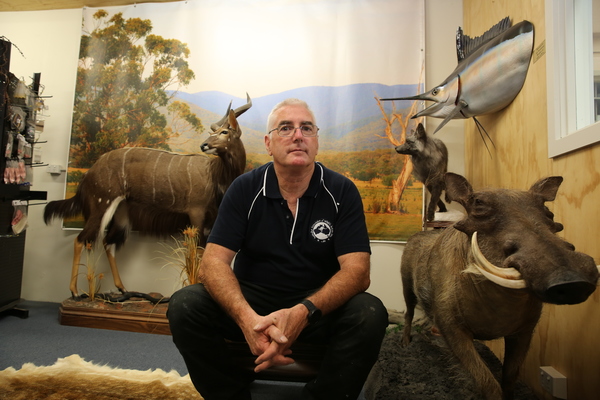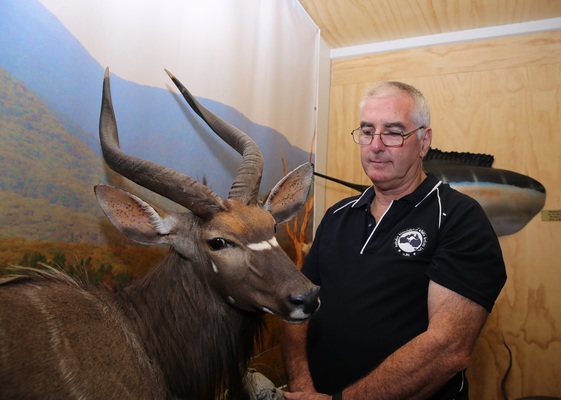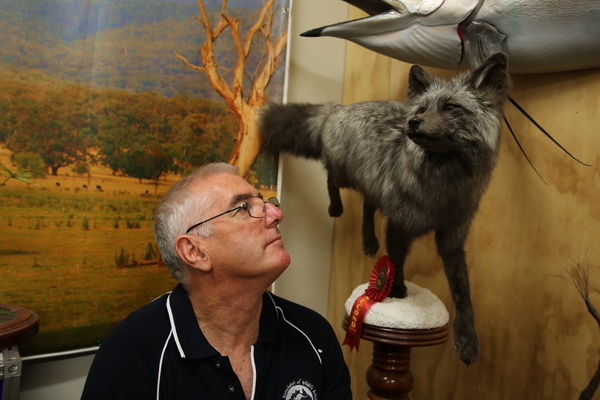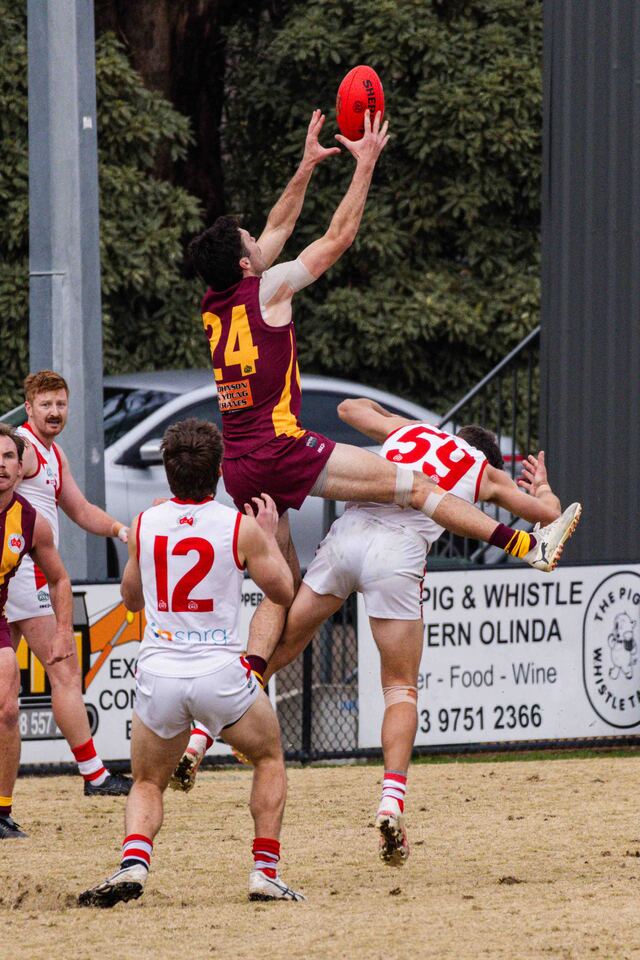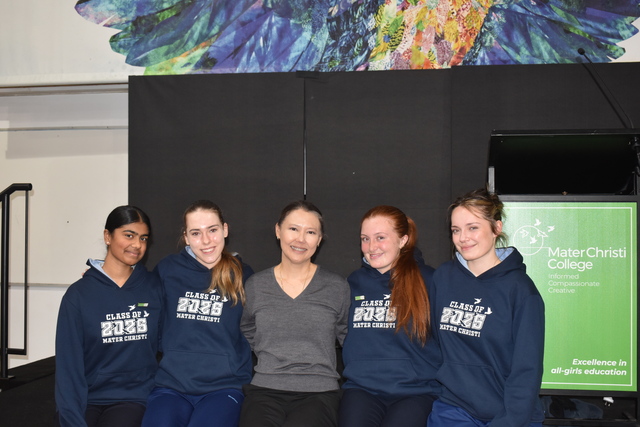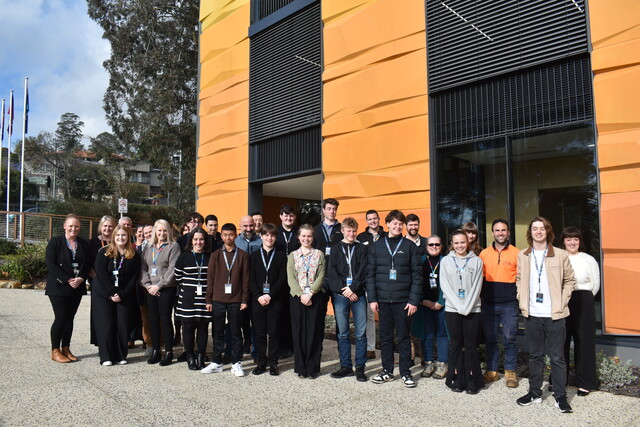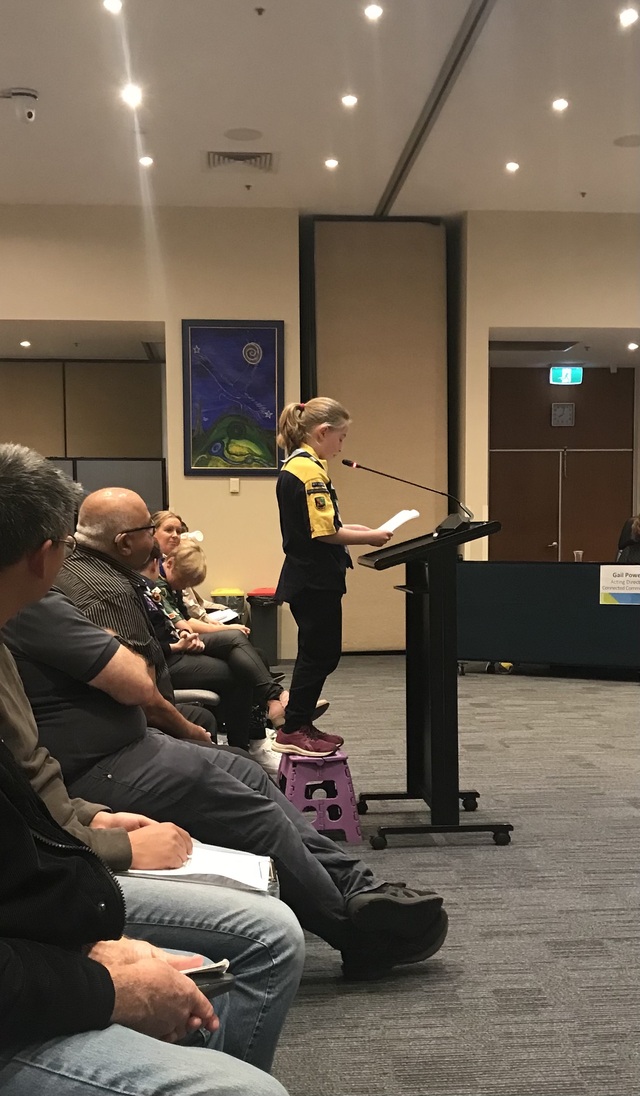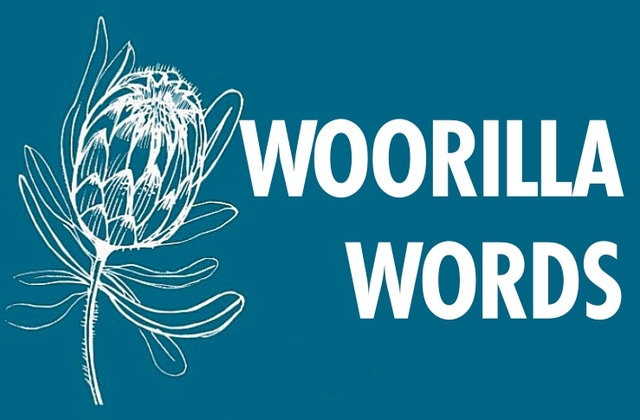By Derek Schlennstedt
The animals they work on may appear still and lifeless, but this weekend taxidermists will exhibit their best lifelike and preserved animals at the York on Lilydale.
A menagerie of stuffed birds, fish, and mammals will descend on The York as part of the fourth annual Australian Association of Wildlife Artists Australian Taxidermy Championships.
Organiser and President of the Australian Association of Wildlife Artists, Dennis Grundy said the championships would showcase up to 90 items of “animal artistry” made by enthusiasts from around Australia and even as far as New Zealand and China.
Mr Grundy, said that while it was a competition between some of Australia’s most prestigious wildlife artists it was also an educational event for those who were just starting out in the industry.
“I started this competition for education purposes too; there’s no real taxidermy education here in Australia, and everyone is virtually self-taught … It’s not a big industry, where as if you go to the United states and every second corner there is a taxidermist so they have all the new and best techniques,” said Mr Grundy.
“For us to get the new techniques we need to go over there or what we’re doing now, bringing these judges out means that they can run their own seminars in their distinct specialities to teach us the new tricks.”
Though, there are still awards for first second and third and the competition is broken up into different divisions depending on the type of animal.
“There are three divisions, novice and junior division, open division is for your normal taxidermist that does a lot of commercial work and then you have the masters which is the elite class we get into and that’s what we all aspire to get too.”
The animals on display at Mr Grundy’s workshop look far from stuffed and many had awards from previous years — the level of skill and expertise in bringing these animals back to life is impressive, and the more realistic they look the better they score.
“We have three different specialists/judges, one does birds, one does fish and one does mammals.”
“They’re all looking for the wow factor … it’s all about knowing your animals, and making sure you get that animal to look as realistically alive as possible.
“Something that looks like it has motion for example looks more alive … if you try to perceive a walking animal, you want to see where it was and where it was going, if it’s static, it’s just static.
“Then there’s the stability of the mount, if it rocks, it’s not stable. It’s all got to be stable and anatomically correct, all these things are important.”
An artful tribute to the life of an animal through the beauty and reality that it is captured in, the niche craft of taxidermy is often misunderstood and stereotyped.
Mr Grundy said that the competition hopes to dispel some of the perception that Taxidermy is just about about blood and guts.
“There’s so many different trades in it; there’s preserving the skin, you become a seamstress for the sewing, then there’s a bit of pottery and using clays properly, and then there’s the artistic side of airbrushing and creating a background and the grooming of hair patterns,” he said.
“It’s about recreating something that has unfortunately passed away, and to breathe new life into it … taxidermy isn’t just blood and guts; it’s an art form.”
The exhibition will be open to the public from 12 to 5pm on 3 March and 10am to 4pm on March 4. Entry is $5 per person or $10 for a family and the event will be held at the York on Lilydale.

